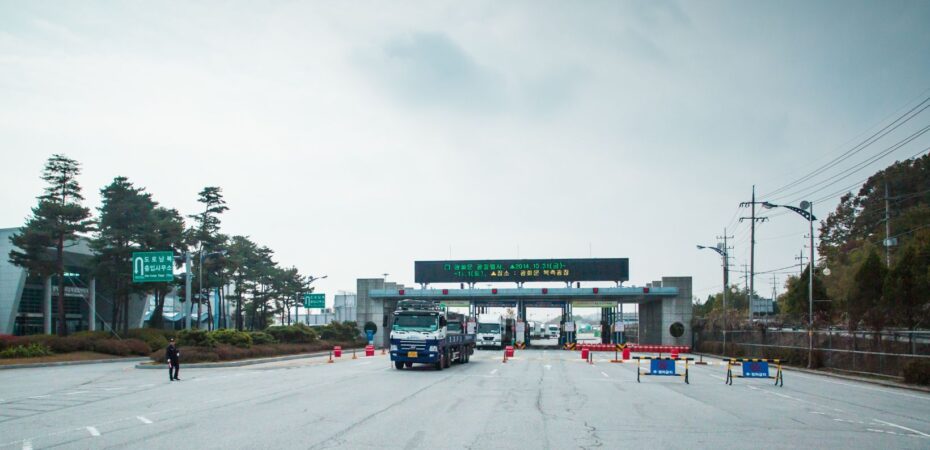In an age where budget airlines and quick flights dominate international travel plans, there’s still something irresistibly charming—and practical—about crossing borders on wheels. One such memorable route is the bus from Phnom Penh to Ho Chi Minh, a journey that promises not just affordability but a more intimate view of Southeast Asia’s cultural and scenic evolution. With reliable services like Virak Buntham leading the way, travelers can enjoy a seamless and scenic ride between Cambodia and Vietnam without taking to the skies.
Visa & Border Formalities
Crossing the Cambodia–Vietnam border by bus is relatively straightforward, especially for travelers who do their homework beforehand. Most passengers on the bus from Phnom Penh to Ho Chi Minh will pass through the Bavet–Moc Bai border, the most commonly used land crossing between the two countries.
For many nationalities, a Vietnam visa must be arranged in advance, as the land border does not typically offer visa-on-arrival services. Cambodian visa requirements vary depending on your citizenship, but in most cases, if you’re leaving Cambodia, you won’t need to worry about exit procedures beyond a quick passport stamp.

The process usually works like this: Your bus halts at the Cambodian exit point for passport control, and then continues to the Vietnamese immigration counter a few kilometers down the road. Here, you’ll line up for entry into Vietnam. Bus staff, especially on services like Virak Buntham, often assist travelers by collecting passports beforehand to speed up the process, which is especially helpful for first-time border crossers.
Bus Comfort & Experience
One of the most trusted names on this route is Virak Buntham, a long-standing Cambodian bus company known for its extensive intercity and cross-border services. The buses are generally well-maintained, air-conditioned, and equipped with reclining seats—ideal for the 6-7 hour journey. Buses can be booked using the online platform like redBus.
Travelers have the option to choose between day and night buses. Daytime rides allow for better views of the countryside, while overnight services may offer more convenience for those on tight schedules. Onboard amenities can vary slightly, but many Virak Buntham buses include USB charging ports, complimentary bottled water, and occasional Wi-Fi connectivity.
Some buses offer “sleeper” arrangements with lie-flat seats, though this is more common on longer routes. Regardless of the time of day. Stops are typically scheduled for bathroom breaks and snacks, and the border crossing time is factored into the total journey.
Scenic Differences: Cambodia to Vietnam
One of the underrated perks of choosing a bus from Phnom Penh to Ho Chi Minh is the shift in scenery that greets you along the way. Cambodia’s landscape, especially around Phnom Penh, is dotted with rice paddies, rivers, and simple wooden homes on stilts. The rural charm is palpable, offering a slower pace and a glimpse into everyday life.

As you near the border and cross into Vietnam’s southern province of Tay Ninh, the scenery begins to change subtly. Roads become more structured, towns denser, and you start to feel the buzz of a country rapidly modernizing. By the time you approach Ho Chi Minh City, the traffic picks up, buildings get taller, and the skyline gradually replaces open fields with urban sprawl. The contrast between the two nations’ landscapes, though neighboring, is striking and reflective of their unique paths.
What to Expect in Ho Chi Minh City
Reaching Ho Chi Minh City (HCMC), formerly known as Saigon, can feel overwhelming after hours on the road. The energy here is infectious—honking scooters, aromatic street food stalls, and an endless flow of locals going about their day. It’s a stark but exciting contrast to Phnom Penh’s more laid-back vibe.
The bus usually drops passengers near the Pham Ngu Lao area, a bustling backpacker hub filled with hostels, restaurants, and travel agents. From here, you can easily find accommodations, continue your journey deeper into Vietnam, or simply soak in the sights and sounds of one of Southeast Asia’s most vibrant cities.
Conclusion
While flights may shave a few hours off your travel time, taking the bus from Phnom Penh to Ho Chi Minh is a journey in itself—one that immerses you in local life, landscapes, and the subtle transitions between cultures. With dependable services like Virak Buntham, the trip is not only cost-effective but also incredibly rewarding. So next time you’re planning a cross-border adventure in Southeast Asia, consider skipping the airport and going by road—you might just find the road less traveled to be the most memorable.


 By
By 




